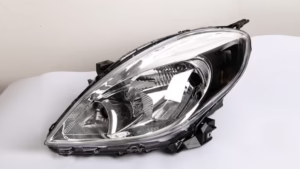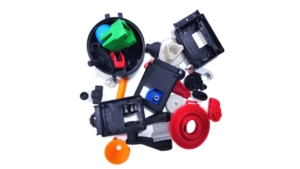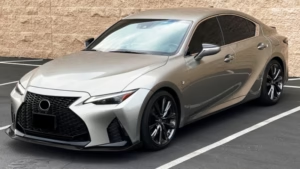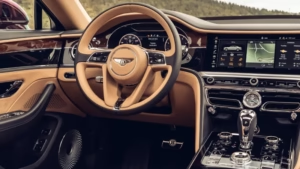The choice of bumper material not only affects a vehicle’s aesthetics but also its safety, efficiency, and environmental footprint. How to take a balance between weight, cost, and durability? This article will explore the automotive bumper material and its properties.
Common Bumper Materials
Common Plastics for Bumper
Plastics dominate the landscape of automotive bumper material due to their versatility, lightweight nature, and exceptional impact absorption. Several types of bumper plastic are commonly used, each with unique characteristics suited to different parts and purposes.
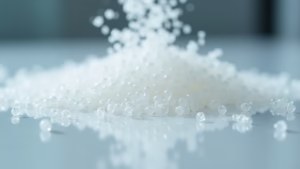
Polypropylene (PP): PP injection is widely used in automotive bumpers for its strength, flexibility, and affordability. This material bumper choice excels in absorbing low-speed impacts without permanent deformation. It is easy to mold and recycle for intricate designs. PP’s lightweight nature reduces vehicle weight, enhancing fuel efficiency and reducing emissions.
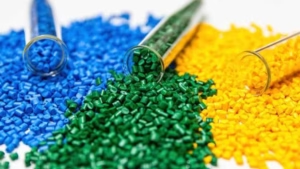
Acrylonitrile Butadiene Styrene (ABS): ABS plastic moulding offers superior rigidity and toughness, resisting impacts even at low temperatures. Often used in painted bumpers, ABS provides a smooth surface for aesthetic finishes. However, its susceptibility to UV degradation makes it less durable in harsh environments compared to PP.
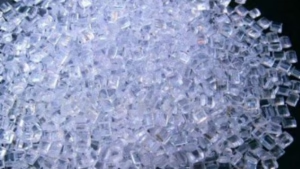
Polycarbonate (PC): PC is a premium car bumper material, known for its superior impact resistance and clarity. PC withstands significant forces and a higher cost.
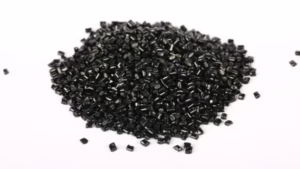
Polyamide (PA): PA, or nylon, is used in structural components of bumpers due to its high strength and heat resistance. This bumper material is less common in outer shells but critical in brackets and reinforcements.
Composites for Automotive Bumper
Composite bumper materials offer high-strength-to-weight ratios, improving both safety and fuel efficiency.
Glass Fiber: Carbon fiber bumpers are very lightweight and strong, with good impact resistance and longevity. However, their higher cost and specialized repair needs limit wider use.
Carbon Fiber: Carbon Fiber bumpers are known for their lightness and strength and offer impact resistance and longevity. However, the high cost of carbon fiber and its specialized repair requirements limit widespread adoption.
Thermoplastic Olefin (TPO): TPO is a mix of plastic and rubber, combining the flexibility of plastics with improved durability. TPO bumpers are known for their impact resistance, UV stability, and recyclability.
Metals for Automotive Bumper
Metals like steel and aluminum continue to be used in automotive bumpers, especially in bumper beams. Steel provides strong structural support in high-impact situations but adds weight, which affects fuel efficiency. Aluminum is lighter than steel, improving efficiency, but it is more expensive and less able to absorb impact, transferring forces instead.
Why Use Plastics Instead of Metals in Automotive Bumper?
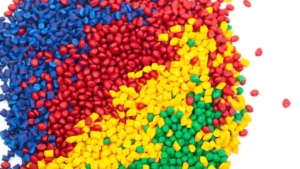
The transition from metal to plastic in automotive bumper material is grounded in several practical advantages.
First, plastic’s lightweight nature significantly reduces vehicle weight, improving fuel economy and lowering emissions.
Second, plastics provide excellent corrosion resistance, unlike steel, which is prone to rust in harsh environments. This durability extends the lifespan of car bumper materials, reducing maintenance costs.
Third, bumper plastic types offer design flexibility, allowing manufacturers to create complex, aerodynamic shapes that enhance both aesthetics and performance.
The last, car bumper plastics enhance pedestrian safety. Unlike rigid metals, plastics deform upon impact, absorbing energy and reducing the risk of injury in low-speed collisions.
Bumper Material Selection Factors
Choosing the right bumper material involves a careful evaluation of multiple factors as below.
- Impact Resistance: A car bumper material must absorb energy during low-speed collisions to protect components like the radiator or headlights.
- Weight: Lightweight bumper plastic types reduce vehicle mass, improving fuel efficiency and reducing emissions.
- Cost: Except for functionals, affordability is critical for mass-produced vehicles.
- Manufacturability: Bumper materials must be easy to mold or process for efficient production.
- Environmental Resistance: Car bumper materials must withstand UV rays, chemicals, and extreme weather.
- Sustainability: With growing environmental concerns, recyclable bumper plastic is favored.
- Regulatory Compliance: Automotive bumper materials must meet safety standards. Materials are tested for crashworthiness and pedestrian safety to ensure compliance.
Partner with Zhongren for Professional Bumper Material Selection Solutions
Navigating the complexities of bumper material selection requires expertise, and Zhongren has deep knowledge of car bumper plastic and advanced manufacturing. We offer customized auto bumper manufacturing. Welcome to contact Zhongren and get professional, tailored solutions.
